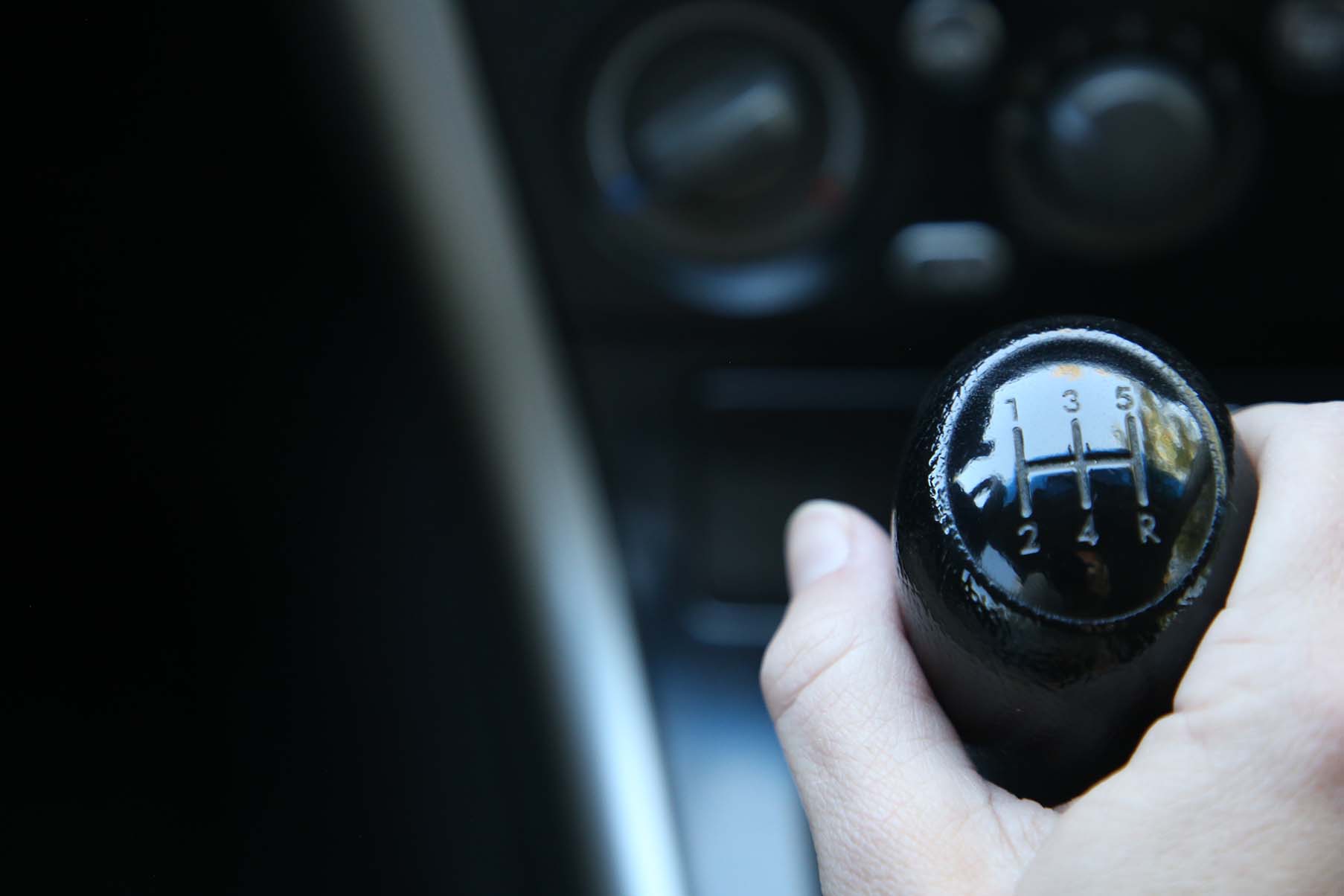
Twenty-something-year-olds “come in clutch” in many ways, except maybe one: being able to drive vehicles that have clutches.
As automatic and electric vehicles, like the Tesla Model Y, continue to rise in popularity, Generations Y and Z could be the last generations to have had access to manual cars while learning to drive. With manufacturing trends declining in strong favor of automatic cars, current college students could see stick shift cars become defunct in their lifetime.
According to the 2020 Environmental Protection Agency Automotive Trends Report, only 1.4% of new cars in the U.S. were produced with manual transmissions in 2019 — an all-time low since the early 1980s, when 34.6% of cars manufactured were stick shift. According to Autowise, only 34 new vehicle models in 2022 were released with the option of a manual transmission.
For younger generations whose Drivers Ed days will coincide with future repercussions of minimized production, learning to drive in automatic cars could become the only feasible option. For some current college students, learning to drive in a stick shift was their only option.
“My parents had a ‘96 Dodge Dakota. Actually, they still have it. The sucker just keeps on running,” BYU student Barry Donakey said of his first car. “It’s a stick shift, so if we wanted to be able to drive a car to school, with friends, all that stuff, that was the car that we had to drive. So we needed to learn to drive stick shift just in order to do that — to have our own car.”
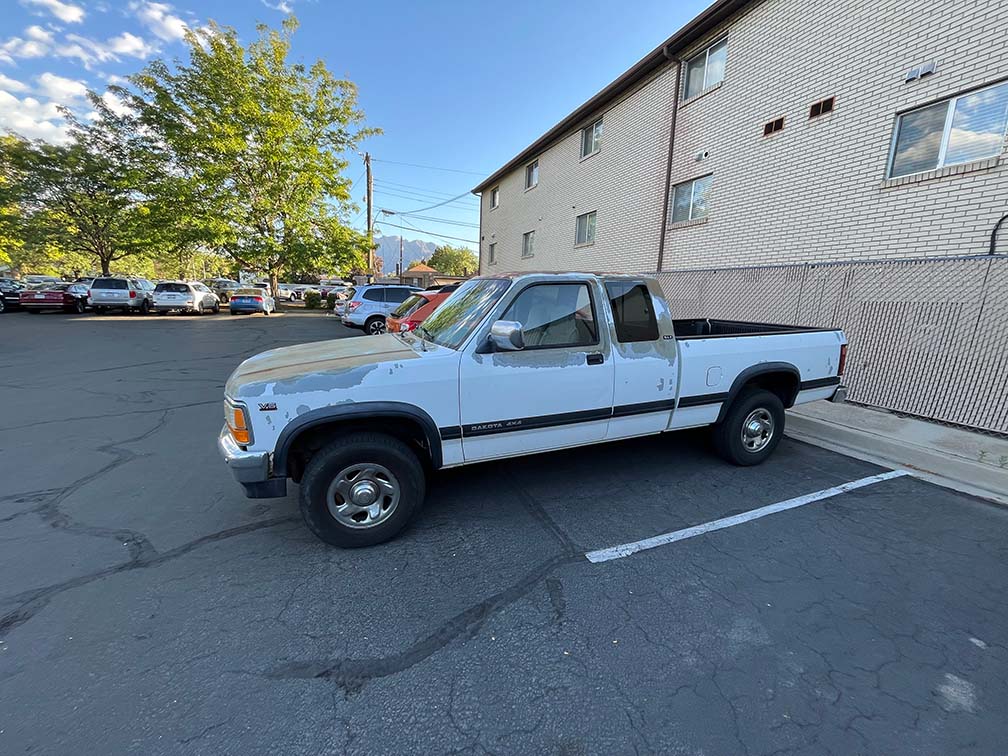
In 1995, just prior to the release of Donakey’s first car, almost 18 percent of new vehicles were manufactured with manual transmissions.
Donakey and his seven siblings, whose high school driving years were defined by the same Dodge Dakota, represent a commonality in young people’s driving habits — many don’t learn to drive stick shifts unless their first car had a manual transmission. For a lot of younger people, this decision is in the hands of their parents.
According to a survey conducted by AutoTrader, in 2012, when many current college students were learning to drive, 41% of adult car shoppers said that as parents they had purchased their children’s first cars. For many college students, this is still the case.
“My parents got a stick shift car for the high schoolers’ car so it’s a skill we’d always have,” Sam Phillips from American Fork said. “My first car was a stick shift — everything has been afterwards. It’s what was available. If we started in stick shift, you can always go to automatic from there.”
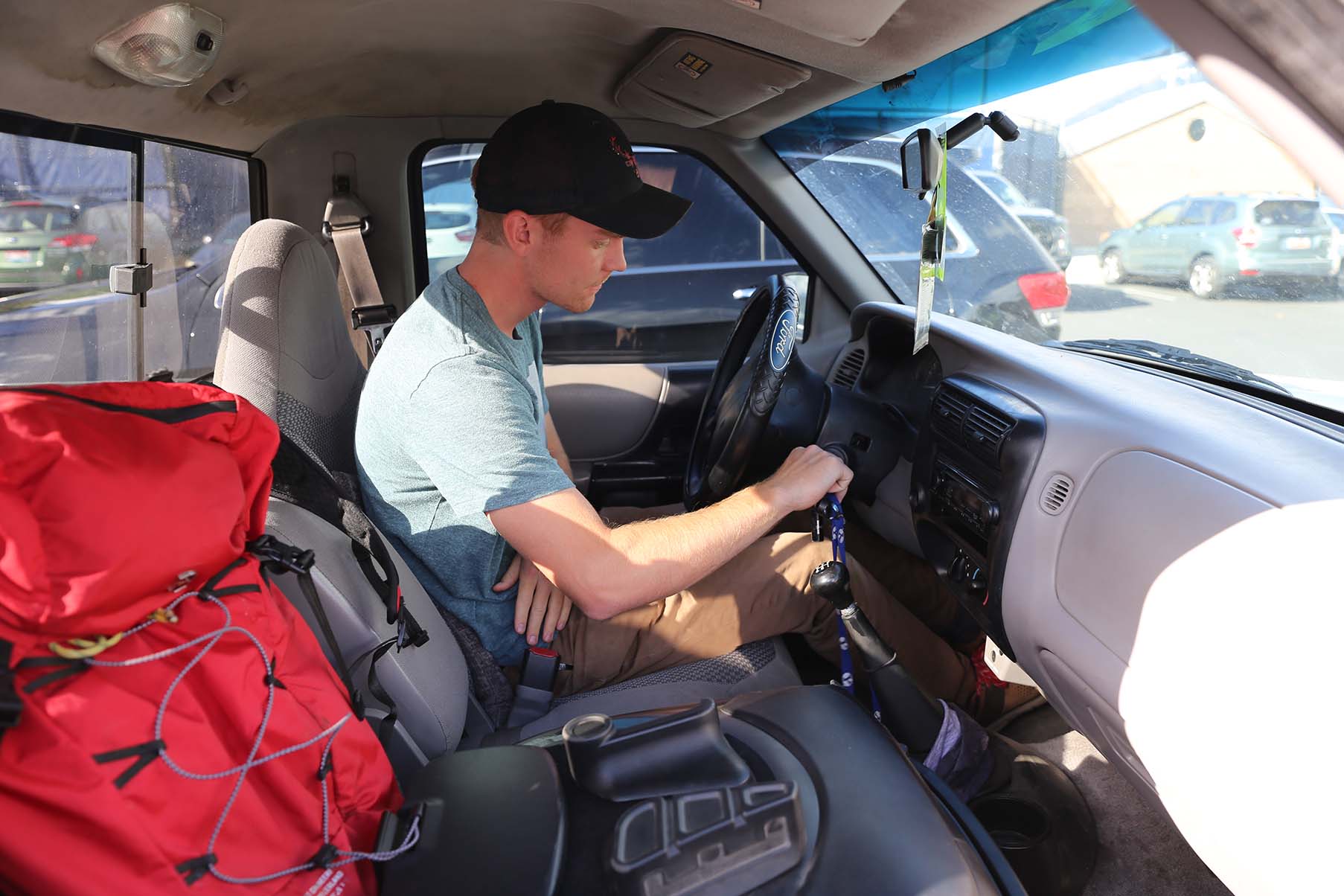
Phillips, who does mechanical work primarily on motorcycles as well as his own car, says stick shift cars are easier to work on than automatics.
“It’s easier to know if a gear’s grinding, or third gear’s going out, or if your clutch is having problems,” he said. “It’s easier to tell what’s wrong so you can address problems.”
Phillips, who taught his girlfriend how to drive a manual vehicle recently, says that while it’s a good skill to have, it is not necessary.
“I like that it’s a little more engaging. You feel like you’re connected with the vehicle,” he said. According to Stick Shift Driving Academy, this is the number one reason people drive stick shift cars.
Phillips’ 2000 Ford Ranger was one of just two stick shift cars in BYU’s south-west parking lot during the third week of fall semester. Taylor Huntley’s was the other.
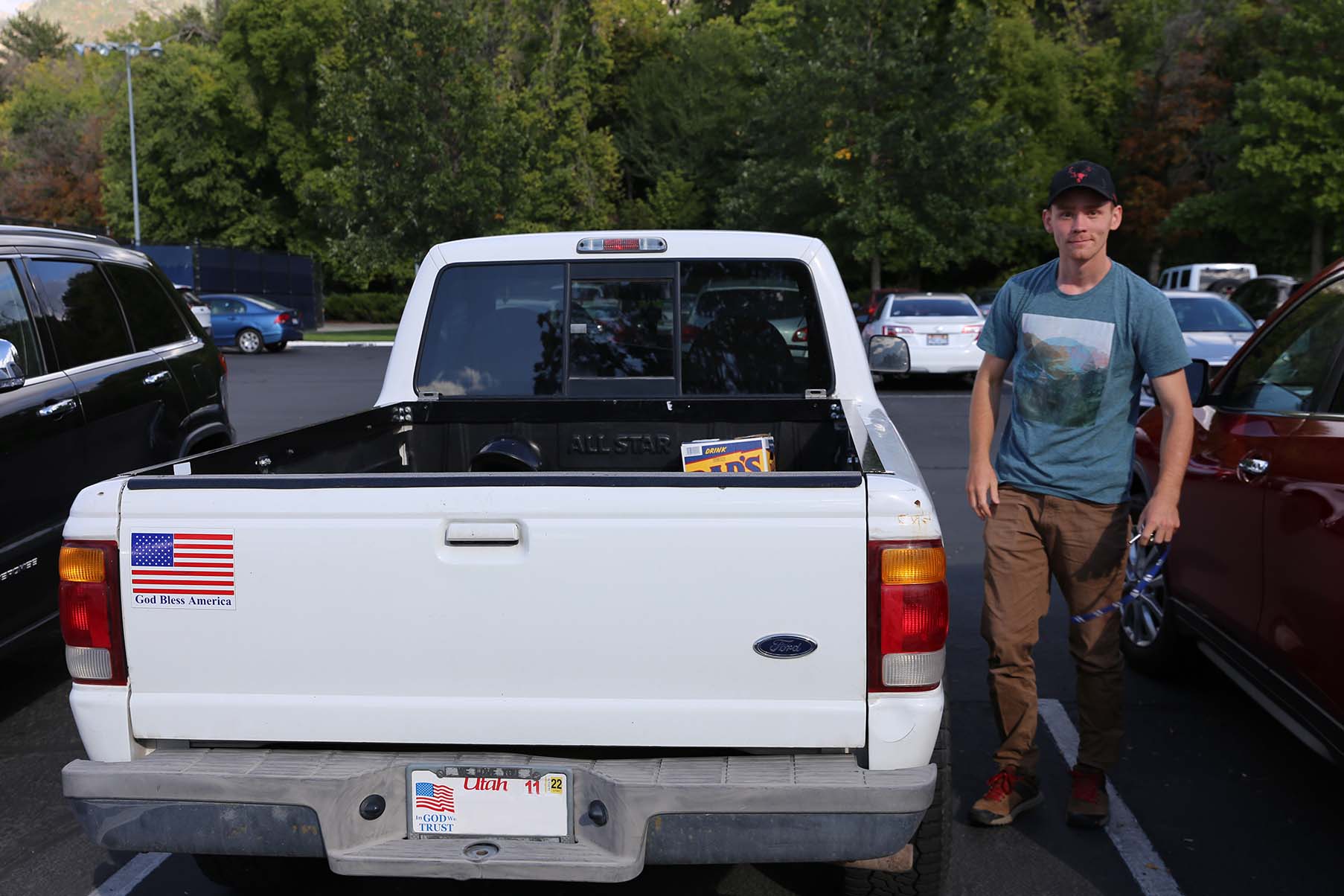
“I learned how to drive stick right as I was learning to drive,” Huntley said. “My mom wanted all of her kids to know how to drive stick shift, because when she married my dad, their first car was stick shift and she didn’t know how to drive it. So all of our first cars were a stick shift.”
Huntley, a current BYU student, was given the car she now drives by a woman she met doing family history work and had not owned a car for a year. When the previous owner offered the Corolla as a gift, she asked Huntley if she could drive a manual transmission vehicle.
“I was like, “No problem — it’s the only car I’ve ever known!” So if I didn’t know how to drive stick, it would’ve been a bit of a mixed blessing. But I know how to drive it so it was the best thing ever,” Huntley said.
For drivers like Huntley, the ability to drive stick may present more car options on the current used car market, as new manual transmission car production declines.
Huntley shared why she believes many of her peers don’t know how to drive manual cars.
“I think one part is their parents only ever gave them an automatic,” she said. “I feel like in general, especially for girls, it’s like ‘that’s too much of a skill — it’s too hard.’ And for me it was really hard, learning how to do it, but once I got it, it was nice.”
Other students’ reasons as to why they do not drive manual cars validate Huntley’s thoughts and show that driving schools may also be a contributing factor.
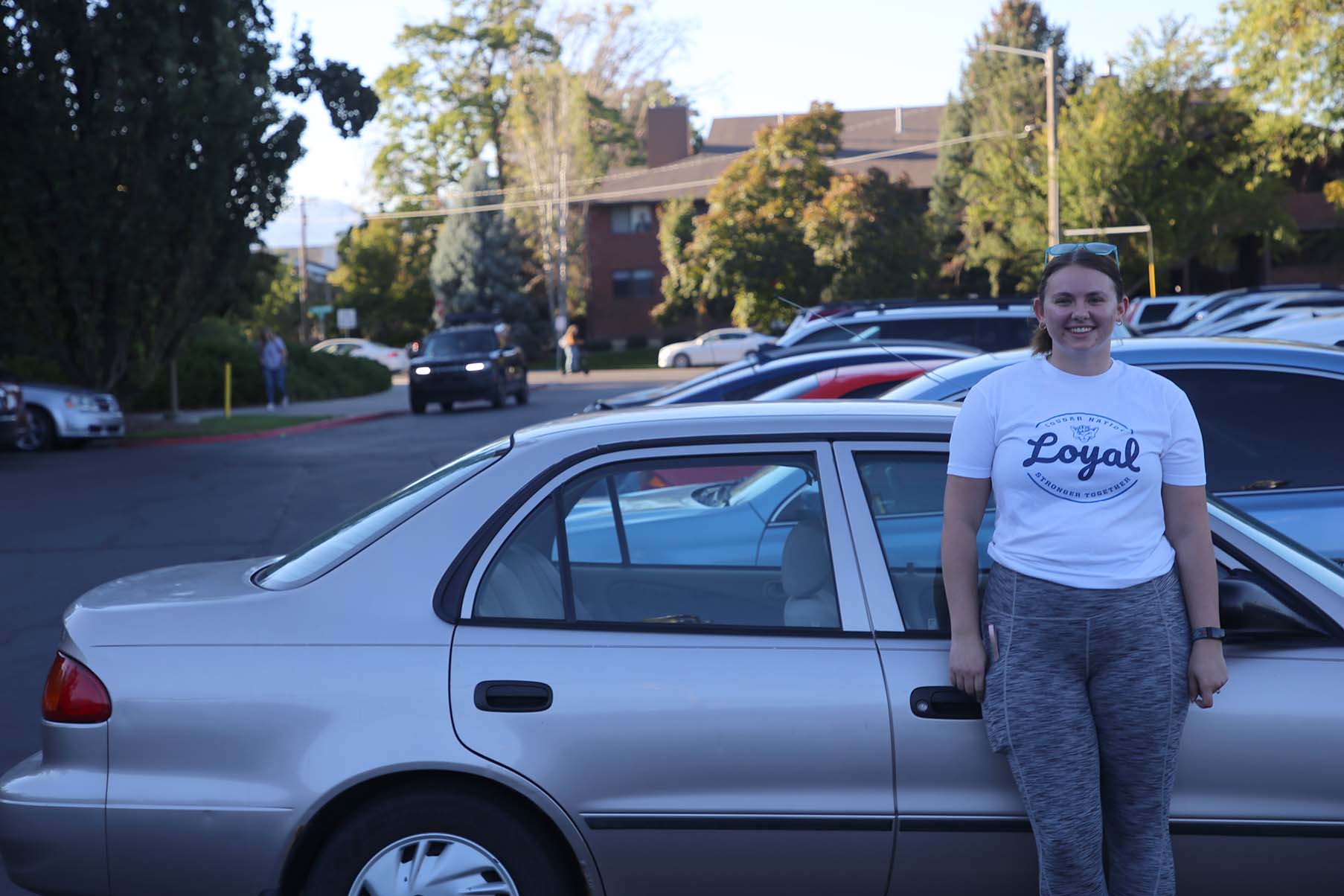
“My parents only had an automatic transmission,” Kirsten Henderson from Dallas, Texas, said. “And I went to a driving school that also only taught automatic.”
Of the 13 endorsed driving schools in the Utah Department of Public Safety Drivers License section, none offer stick shift driving lessons. The only business that appears to offer manual driving lessons in Utah is the Stick Shift Driving Academy located in Provo, Sandy, Salt Lake and Ogden.
With automatic vehicle availability and lack of driving school resources cited as reasons for younger generations’ diminished ability to drive stick, BYU student Ryan Kartchner explained why he never learned to drive a manual car.
“I always had automatic cars growing up. Never had a motorcycle. Never drove a tractor,” he said. “There are probably people who would be more than happy to learn stick if they needed to, but there’s simply no need now with all the supply of automatic cars. We always gravitate to things that require less effort. This is no different.”
Though driving automatic cars may require less effort as Kartchner said, manual transmission vehicles can provide increased driving control during adverse weather conditions. Donakey, who has only owned stick shift cars until his most recent car purchase, shared how stick shifts can benefit drivers in snowy conditions.
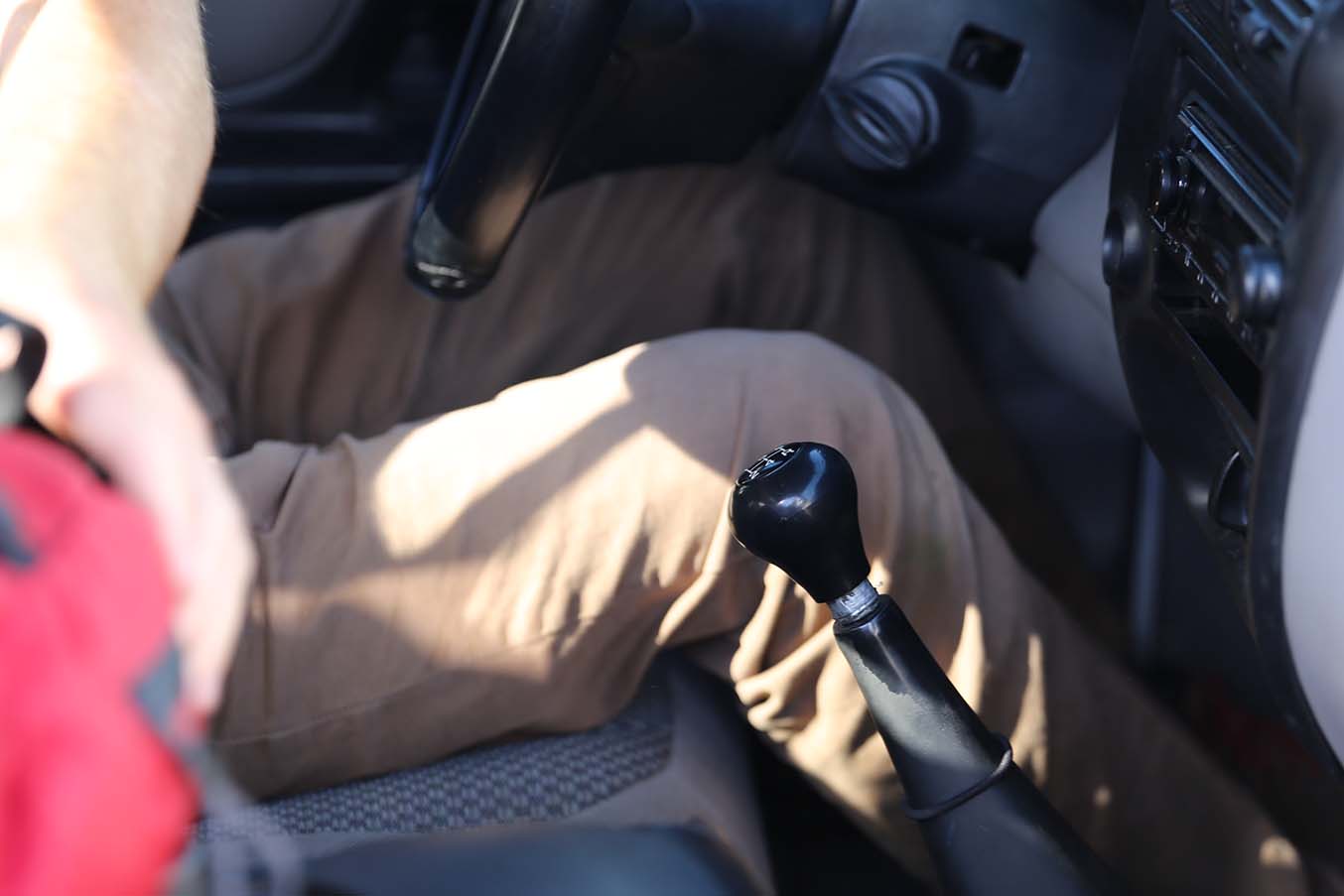
“Stick shift is pretty advantageous for driving in snow. If you can start in second gear there’s less torque on the wheels,” he said. “If you start in second gear, there’s less stress so you actually don’t spin as much in the snow, as you might in an automatic. So there’s little things like that where it’s beneficial.”
Another beneficial property of manual transmissions may be added security.
“They call it the best security system you can install, right? No one knows how to drive it so it’s hard to steal,” Phillips said.
For drivers of all abilities wanting to learn stick shift, contact Stick Shift Driving Academy at (801) 877-0061.




